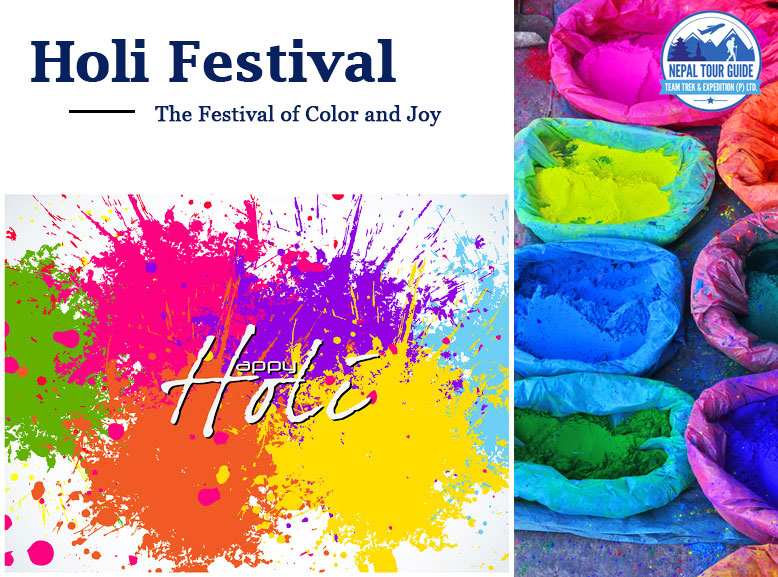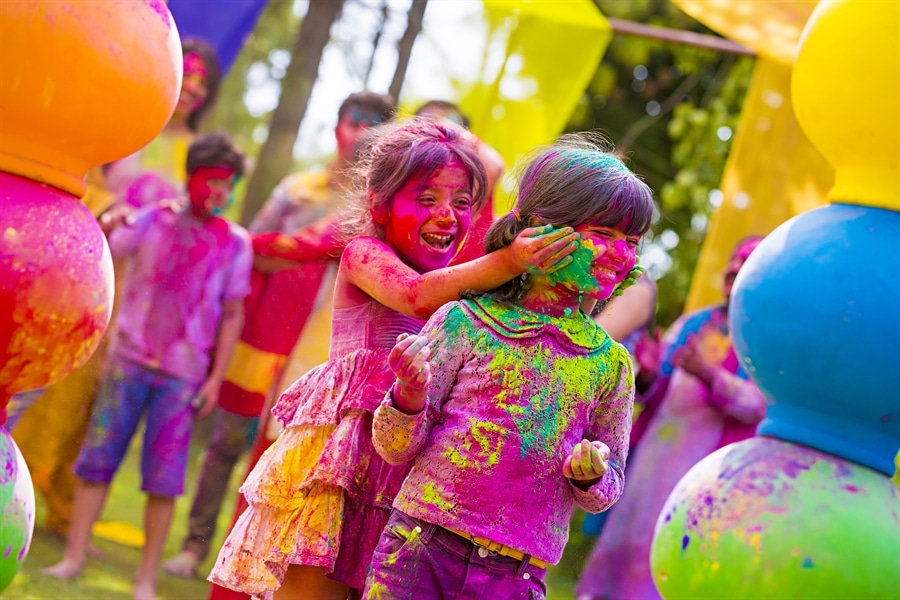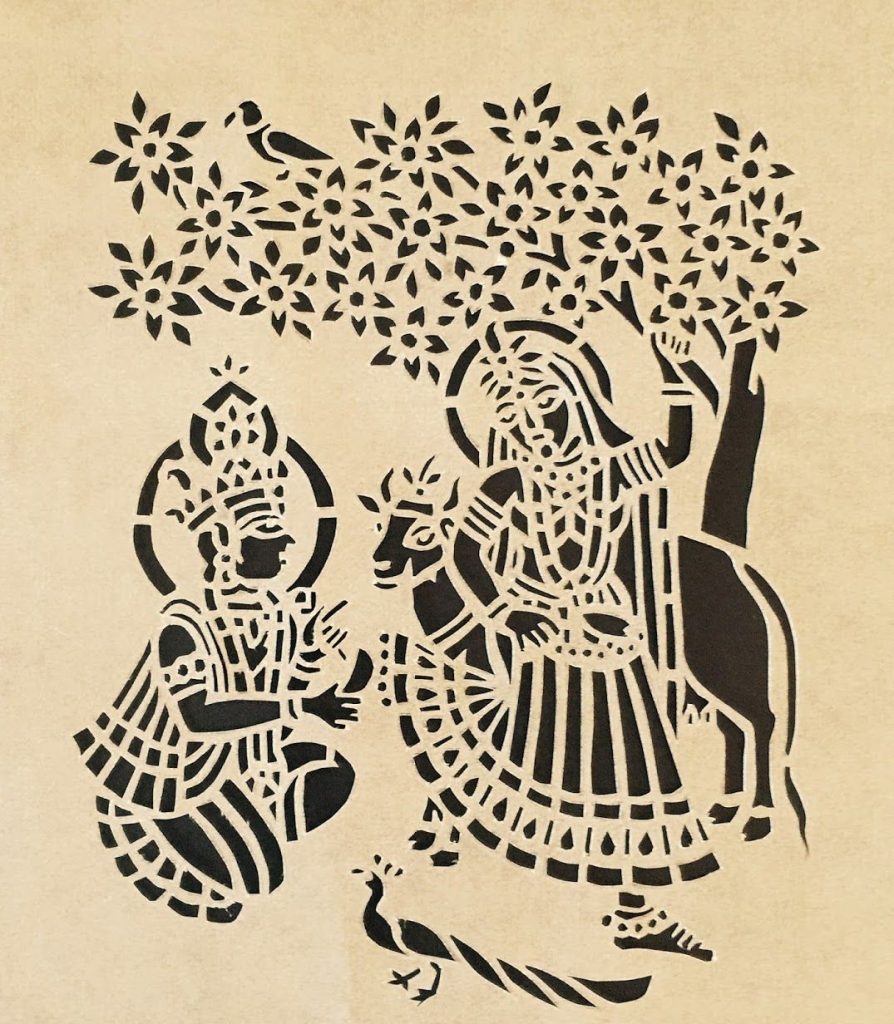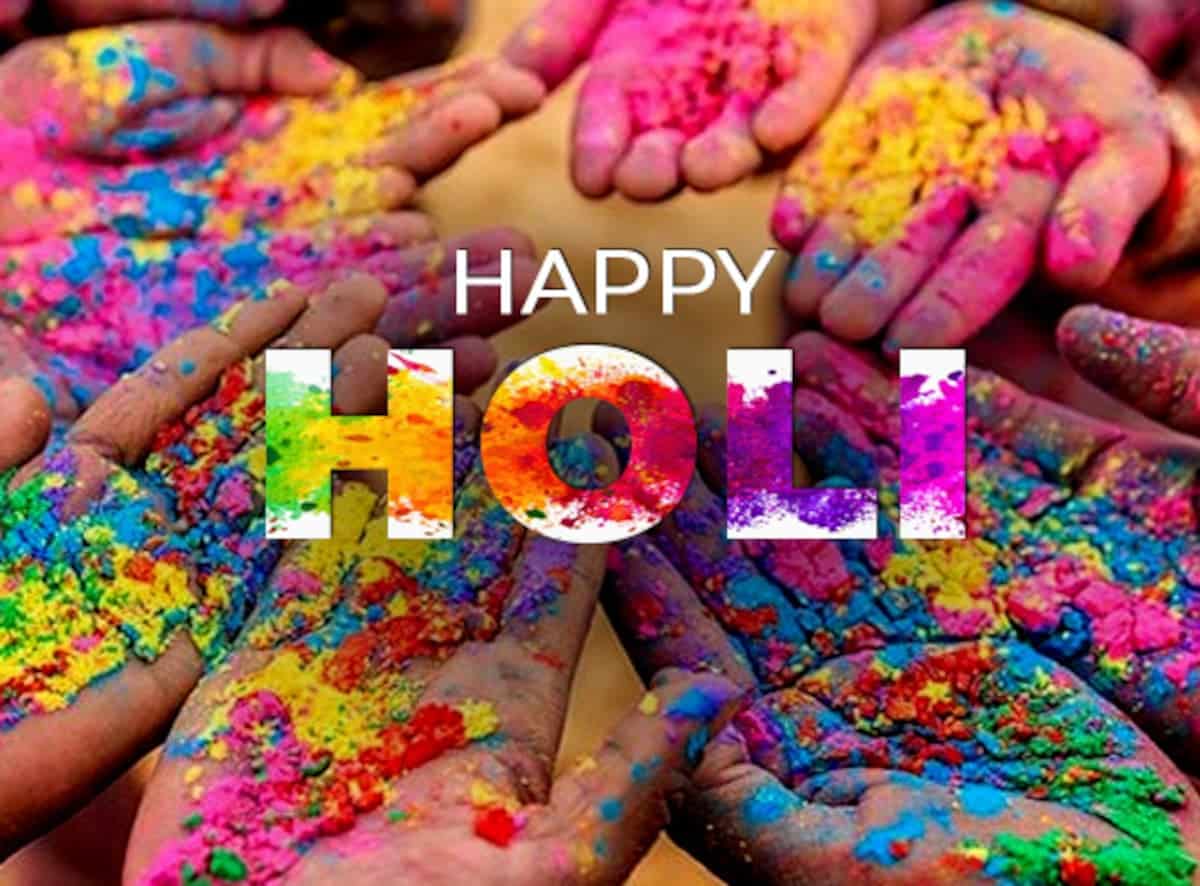Gallery
Photos from events, contest for the best costume, videos from master classes.
 | |
 |  |
 |  |
 | |
 |  |
 |  |
A colorful and dynamic festival, the annual celebration of Holi, also known as the Festival of Colors, is celebrated by Hindus in India and throughout the world. Holi, often called the "festival of colors," is a vibrant Hindu celebration that marks spring’s arrival, the triumph of good over evil, and the love between Radha and Krishna. “The Meaning The color is deeply connected with the eternal bond of Radha and Lord Krishna. Lord Krishna used to playfully smear colors on Radha’s face. Red also holds significance in the Hindu religion as the color of Goddess Durga, the color used in religious ceremonies, and the color of sindoor. 2. Blue The festival of Holi, along with its trademark smearing of colors, likely has deep roots in ancient India. It is mentioned in some fashion in appendices to the Atharvaveda , in some renditions of the Kamasutra , in which it is called Holaka, and in the Prakrit Sattasai poems by Hala, in which it is called Phalgunotsava (“Spring Festival”). Different colors hold different meanings. What is Holi? Holi (pronounced “holy”) is a festival that celebrates spring, love, rebirth, and the triumph of good over evil. Holi, the Hindu festival of colors, has come to symbolize the vivid, colorful joy of Indian festivals. Each color carries a meaning. Red, for example, symbolizes love and fertility while green In Odisha: Holi is celebrated with the tradition of ‘Dola Yatra’, where the idols of Radha and Krishna are carried in processions. In Maharashtra: The festival is celebrated with ‘Puran Poli’ sweets and community gatherings. VI. Symbolism of Colors in Holi A. Meaning behind different colors used during the festival The second day of Holi is called Rangwali Holi, Dhulandi, Dhulandi, Phagwah or Badi Holi. This is the day when people apply colours to one another, party and enjoy. Children and youngsters play in groups with dry colours called abir or gulal, pichkaris (water guns), water balloons filled with coloured solutions and other creative things. You Holi, the festival of colors, is not just a celebration of spring but also a festival that brings people together in a spirit of joy and harmony. Understanding what is Holi, the story behind Holi , and when it is celebrated helps us appreciate its significance and cultural richness. Holi, the festival of colours, will take place on March 14, this one of India’s most vibrant and joyous celebrations, marking the arrival of spring, renewal, and the triumph of good over evil. The meaning of Holi today holds nuance. So, whether you personally observe Holi or are planning to celebrate it with a friend, here’s what to know about its meaning and history, what the colors The Holi Festival in March 2013 at the Sri Sri Radha Krishna Temple in Utah County, Utah. Holi is celebrated as a social event in parts of the United States. [139] For example, at Sri Sri Radha Krishna Temple in Spanish Fork, Utah, NYC Holi Hai in Manhattan, New York [140] and Festival of Colors: Holi NYC in New York City, New York. [139] [141 What is the Holi festival? Often called the Festival of Colors, Holi is a vibrant celebration that involves dancing, singing, and the playful throwing of colored powders and water at fellow The meaning of Holi today holds nuance. So, whether you personally observe Holi or are planning to celebrate it with a friend, here’s what to know about its meaning and history, what the colors The Vibrant Festival of Holi. Holi, also known as the Festival of Colors, is one of the most joyful and widely celebrated festivals in India. Falling during Palgunam Masam, the last month of the Hindu lunar calendar, Holi signifies the arrival of spring—a time of renewal, love, and the triumph of good over evil. This age-old tradition is a prominent part of Indian culture. Continue reading to explore the history, traditions, and cultural importance of Holi, the festival of colors. The Significance and Meaning of Holi Colors. The traditional Holi colors’ meaning extends beyond mere celebration. Holi Indian celebration is deeply rooted in the culture Day 2: Rangwali Holi (Dhuliwandan) – The Festival of Colors. Rangwali Holi, the second day of Holi is the most vibrant part of the festival, filled with colors, music, dance, and feasting. Morning Celebrations: Playing with Colors. Applying Colors (Gulal and Abeer): People throw gulal (colored powders) and splash colored water on each other Assorted Facts About the Holi Festival of Colors. There’s so much depth to the history and celebration of Holi. Bone up on these facts about the Holi festival of colors to impress friends. Holi comes from “Holika”, the demoness sister that tried to kill Vishnu. It’s a national festival in India and is celebrated across all 28 states. The vibrant colors of Holi, the Hindu festival of colors, have been an integral part of Indian culture for centuries. This ancient festival, also known as the “Festival of Love,” is celebrated with great enthusiasm and fervor across the country, marking the arrival of spring and the triumph of good over evil. Every spring, people across India and around the world celebrate the Hindu festival Holi, throwing colored water and powders on one another in joyous celebration. On this one day—the full-moon day of the Hindu month of Phalguna—societal rankings such as caste, gender, age, and status are eschewed in the spirit of making merry together, and
Articles and news, personal stories, interviews with experts.
Photos from events, contest for the best costume, videos from master classes.
 | |
 |  |
 |  |
 | |
 |  |
 |  |